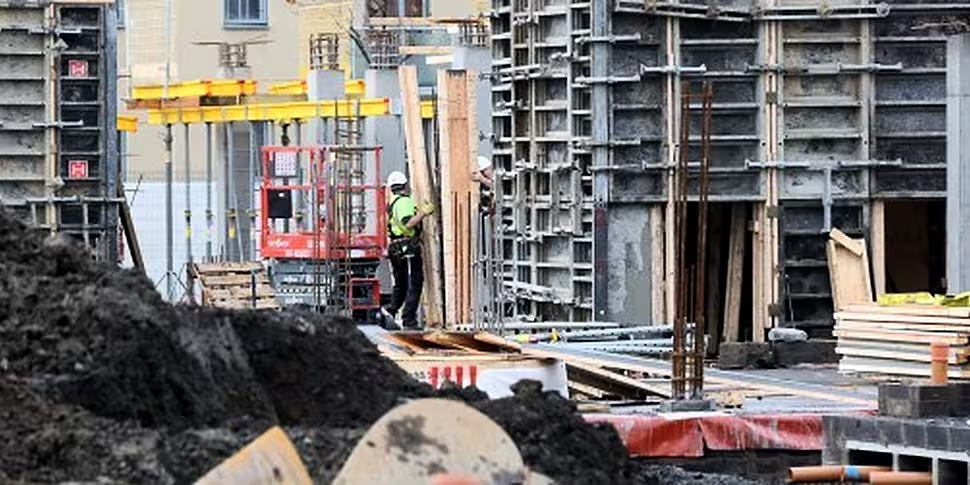New figures show residential construction activity increased by 52% here since 2016.
GeoDirectory, set up by An Post and Ordnance Survey Ireland (OSi), says 36,218 dwellings were added to residential building stock in 2017.
That is 1.8% of the total national residential stock of 1,974,349.
The national average housing turnover rate increased from 2.1% in 2016 to 2.5% in 2017, while new dwellings accounted for 18% of all residential property transactions - up from 8% in 2016.
Some 7,457 buildings were under construction in December 2017.

Source: GeoDirectory
The national vacancy rate was 4.8%.
But the GeoView Residential Buildings Report says the level of demand is still "far greater" than supply.
Of new addresses, the overwhelming majority were located in the capital and surrounding counties - with Dublin, Meath, Kildare and Wicklow accounting for 77.4% of the overall total.
Leitrim had the lowest number of new addresses in the country, with only 74 properties added to the database in 2017, 0.2% of the national total.
The total stock of residential dwellings in the country in December 2017 was 1,974,349.
Out of this overall figure, the report shows that there was a stock of 179,530 apartments, 9.1% of the national total.
GeoDirectory classifies an apartment as "a dwelling within a building of five or more dwellings."
The database estimates a total of 95,114 vacant dwellings in the country, 4.8% of the overall national residential housing stock.
This is a slight decrease on the previous report in June 2017, which estimated the vacancy rate to be 4.9%.
Vacancy rates
Of the 26 counties examined, 14 recorded vacancy rates above the national average.
Leitrim (16.4%), Roscommon (13.8%) and Mayo (13%) were the counties with the highest vacancy rates.
At the other end of the scale, Dublin (0.8%) and surrounding commuter counties Kildare (2%) and Wicklow (2.5%) recorded the lowest vacancy rates in the country.
According to CSO figures, 50,597 residential properties were purchased over the 12 months to October 2017, with new properties making up 18% of the total.
Urban areas and commuter counties accounted for the vast majority of these transactions - with the most occurring in Dublin (17,171), Cork (5,642) and Kildare (2,587).
Meath (32.6%) was the county with the highest proportion of new dwelling transactions.
Average prices
The average national residential property price for 2017 was €262,061, rising from €239,025 in 2016.
The report found that Dublin had the highest average property price in Ireland in 2017 at €406,971.
Within the capital, Dublin 4 recorded the highest average property price at €735,768, while the average property price in Dublin 10 was the lowest at €196,639.
Dublin 10 was also the only Dublin postcode area with an average price below €200,000.
Outside Dublin, Longford had the lowest average property price at €94,792.
Longford was also the only county in the country to record an average price lower than €100,000.
Commenting on the report, CEO of GeoDirectory Dara Keogh said: "The findings of the latest GeoView report suggest that residential construction increased sharply in 2017, with over 36,000 new addresses entered into the GeoDirectory database and a 52% increase in residential construction activity compared to this time last year.
"However, building is heavily concentrated around Dublin and surrounding counties, while demand for housing stock remains at a high level. While progress has been made, there is still work to do in order to meet demand."










